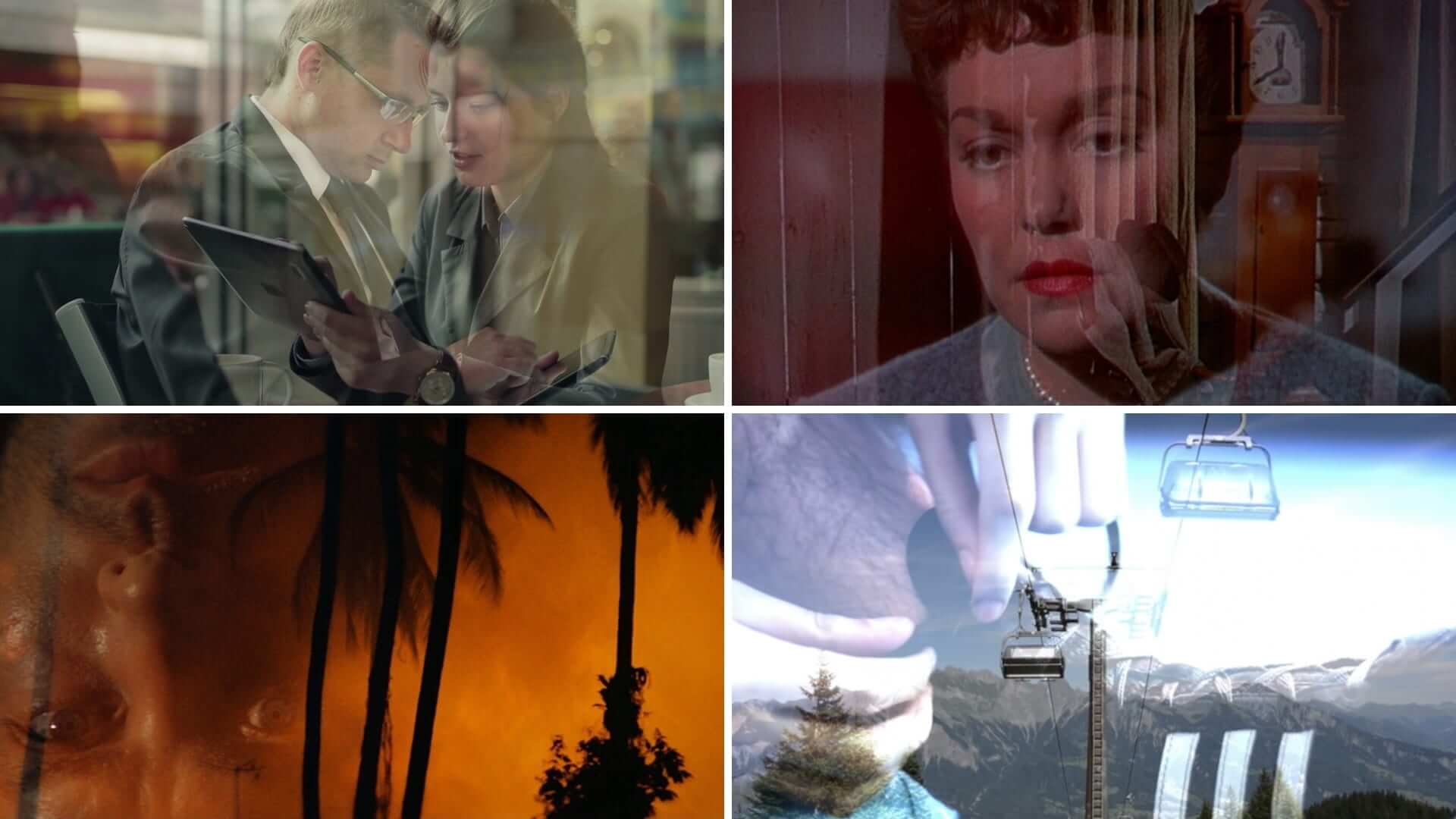The lap dissolve is one of the oldest editing transitions in cinema. Originally, the lap dissolve was achieved by overlapping the exposure of a single frame of film from shot to shot similarly to a double exposure in photography. Why exactly did filmmakers want to create this effect? How do they use the lap dissolve differently from scene to scene? In this article, we’ll take a look at one of filmmaking’s oldest editing tricks and make a case for why it’s still relevant today.
What is a Lap Dissolve in Film?
The lap dissolve transition in film
There are various types of editing transitions in filmmaking. What is a lap dissolve in film specifically used for? To distinguish the lap dissolve from all other transitions, let’s first take a look at the lap dissolve film definition.
LAP DISSOLVE FILM DEFINITION
What is a lap dissolve in film?
A lap dissolve, also called a dissolve, is a gradual transition in which one shot fades out as the next shot fades in. When a lap dissolve is used, both shots overlap for a moment of time. How filmmakers use this moment of overlap between two images can impact how audiences perceive the transition. This also allows the audience to make and feel a connection between two shots.
What is a lap dissolve in film used for?
- Jumping to a different place or time
- Transition into a dream or fantasy state
- Establish a connection between two shots
Dissolve vs Fade
Types of lap dissolves
Dissolves are a transitional technique that can be used in a few ways depending on what shots are being used.
1. Match dissolve
A match dissolve works similarly to a match cut but with a gradual transition. Match dissolves utilize the composition of one shot to match with the composition of a second shot.
As the dissolve transitions from the first shot to the second shot, the similar compositions create a match dissolve.
An example of this can be found in David Lynch show Twin Peaks. Notice the match dissolve from the eye to the roulette wheel.
Dissolve in film examples
2. Fade in
If a dissolve is used to transition from a black screen, it is a fade in. These types of dissolves are typically used in the beginning of a film or scene.
3. Fade out
If a dissolve is used to transition from a shot to a black screen, it is a fade out. Fade outs are used in the final shot of a film or the final shot of a scene.
Related Posts
Lap Dissolve Editing Function
What is a lap dissolve used for?
There are various reasons filmmakers use dissolves. The gradual transition that a dissolve shot visually achieves allows filmmakers to communicate different things to the audience depending on how they use it.
The dissolve shot is one of the more difficult transitions to pull off. But when done with intention and creativity, it can be incredibly effective.
What is a lap dissolve in film? The Hardest Cut
1. Jump in time or place
A dissolve can be used to communicate a jump in time or place. Lap dissolves allow for a gradual transition to a different time or place.
2. Transition to a dream
Like jumping to a different time or place, a dissolve can also communicate a transition into a dream state. This is typically shown by transitioning from a shot of a character sleeping to the first shot of their dream or vice versa.
3. Creating meaning from two images
The juxtaposition of two shots overlapping can create new meaning for an audience that a simple cut would not achieve. Filmmakers use lap dissolves to visually communicate to the audience.
Take this iconic lap dissolve shot from one of Alfred Hitchcock’s best films Psycho. The dissolve from the Norman's face with the skull and the car being pulled out of the mud communicates what has happened without a single word of dialogue.
Lap dissolve transition in film example
As one of the original editing transitions in film, lap dissolves have been described as dated. However, when used with intention, lap dissolves can be an incredibly effective filmmaking tool that can communicate meaning visually. If you’re ever having trouble transitioning from scene to scene or shot to shot, try using the lap dissolve.
Related Posts
Up Next
Types of Editing Transitions
If you are a fan of the lap dissolve transition then you may want to learn more about the various transitions that editors use. Check out our next article where we breakdown every type of editing transition. We dive into sound transitions like J and L cuts as well as creative visual transitions like match cuts.
Up Next: Editing Transitions →
Showcase your vision with elegant shot lists and storyboards.
Create robust and customizable shot lists. Upload images to make storyboards and slideshows.
